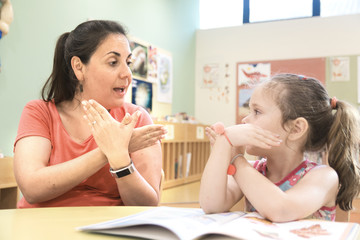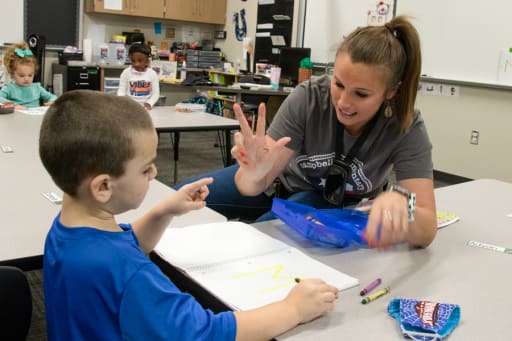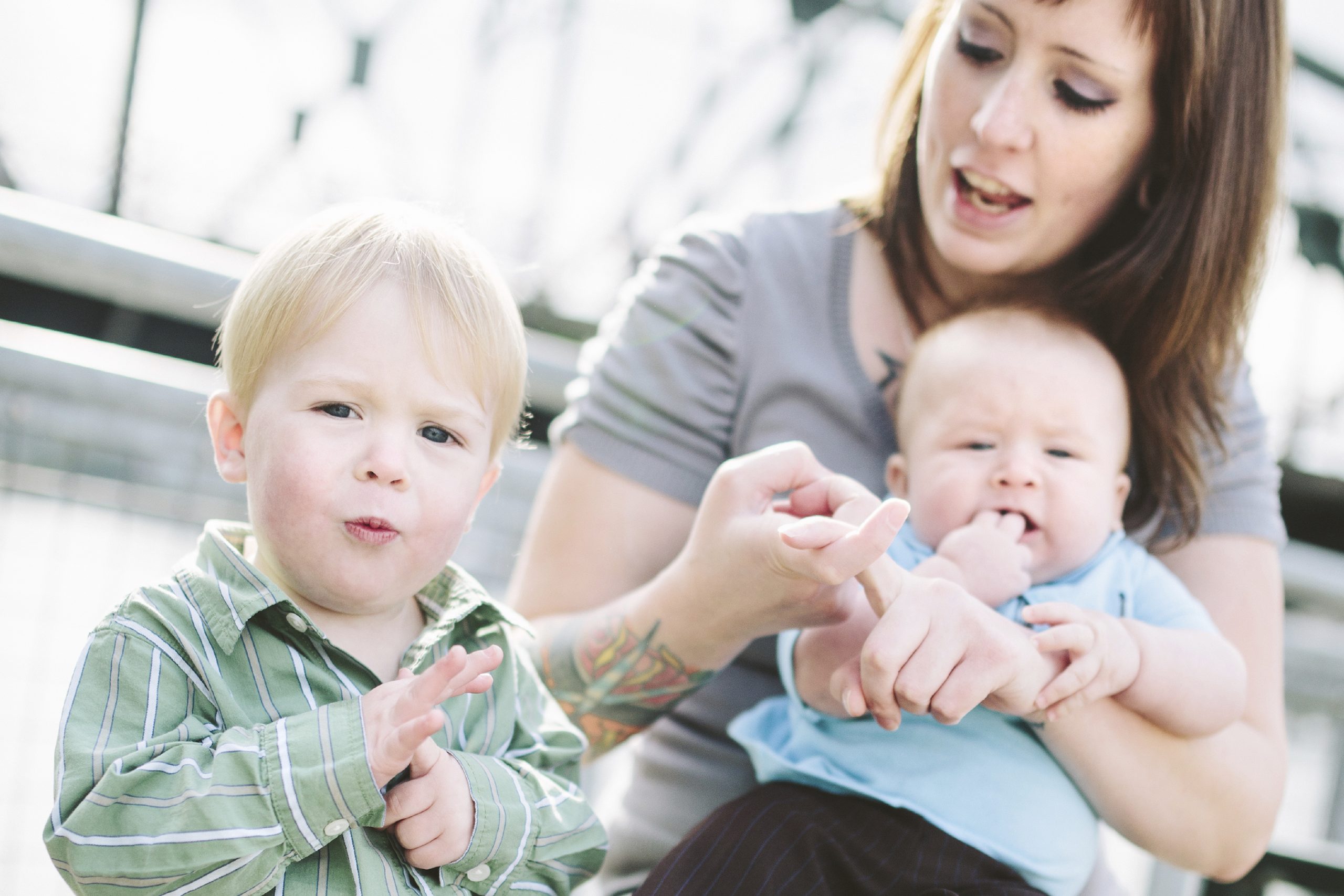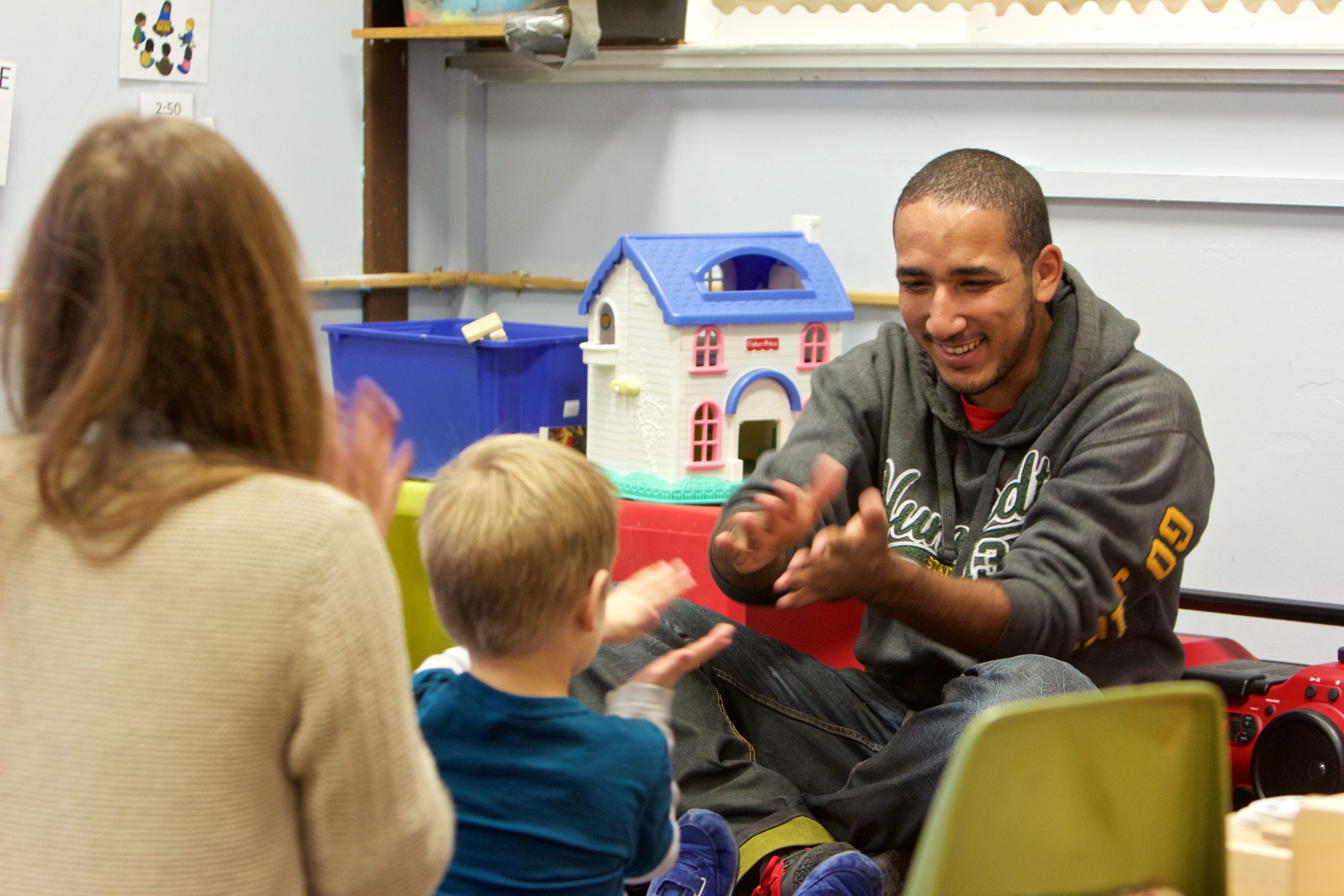In the diverse landscape of special education, a unique emphasis is placed on students who are deaf or hard of hearing. This article explores the specialized educational services and support provided to students facing hearing challenges, recognizing the importance of tailored approaches in unlocking their potential and fostering inclusive learning environments.

Understanding Deafness and Hearing Impairments:
Deafness and hearing impairments represent a spectrum of challenges that impact the auditory experiences of individuals. From profound deafness to varying degrees of hearing loss, understanding the nuances of these conditions is crucial in providing effective educational interventions.
Sign Language and Communication Strategies:
Central to the educational focus on deaf and hard of hearing students is the incorporation of sign language and communication strategies. American Sign Language (ASL) and other forms of sign communication become integral tools for facilitating expressive and receptive communication. Additionally, educators and support staff are trained in alternative communication methods to ensure effective interaction and understanding.

Auditory Training and Assistive Technologies:
Recognizing the importance of auditory development, educational programs for deaf and hard of hearing students incorporate auditory training. This may include exercises to enhance listening skills, speech perception, and auditory processing. Assistive technologies, such as hearing aids and cochlear implants, are seamlessly integrated to optimize the learning experience and bridge the communication gap.
Individualized Education Plans (IEPs) and Learning Support:
Tailoring educational approaches to the unique needs of each student is a fundamental principle in the support of deaf and hard of hearing learners. Individualized Education Plans (IEPs) outline specific goals, accommodations, and support services that address not only academic needs but also the development of communication and social skills.

Inclusive Classroom Environments:
Creating inclusive classroom environments is a cornerstone of special education for deaf and hard of hearing students. Peer education on deaf awareness, fostering understanding, and implementing inclusive teaching practices contribute to an atmosphere where diversity is celebrated. Educators use visual aids, captioning, and seating arrangements to enhance accessibility for all students.
Specialized Educators and Support Teams:

Educational programs for deaf and hard of hearing students are enriched by the presence of specialized educators and support teams. Teachers trained in deaf education, sign language interpreters, speech therapists, and audiologists collaborate to provide a comprehensive and cohesive support network. Regular communication and professional development ensure a consistent and evolving approach to student needs.
Cultural Sensitivity and Identity Affirmation:
Recognizing the unique cultural and identity aspects of the deaf and hard of hearing community is integral to providing holistic support. Cultural sensitivity training for educators, celebrating Deaf History Month, and acknowledging the diversity within the community contribute to an educational environment that affirms the identities of deaf and hard of hearing students.
Parental Involvement and Community Engagement:
The journey of educational support extends beyond the classroom to include active involvement from parents and engagement with the broader community. Regular communication, workshops, and community events create a collaborative foundation where all stakeholders work together to ensure the success and well-being of deaf and hard of hearing students.
Conclusion:
In conclusion, educational focus on deaf and hard of hearing students involves a comprehensive and inclusive approach that addresses communication, accessibility, individualized needs, cultural sensitivity, and community engagement. By recognizing the unique strengths and challenges of these students, and by fostering a supportive and inclusive learning environment, educators contribute to the empowerment and success of deaf and hard of hearing individuals on their educational journey.




